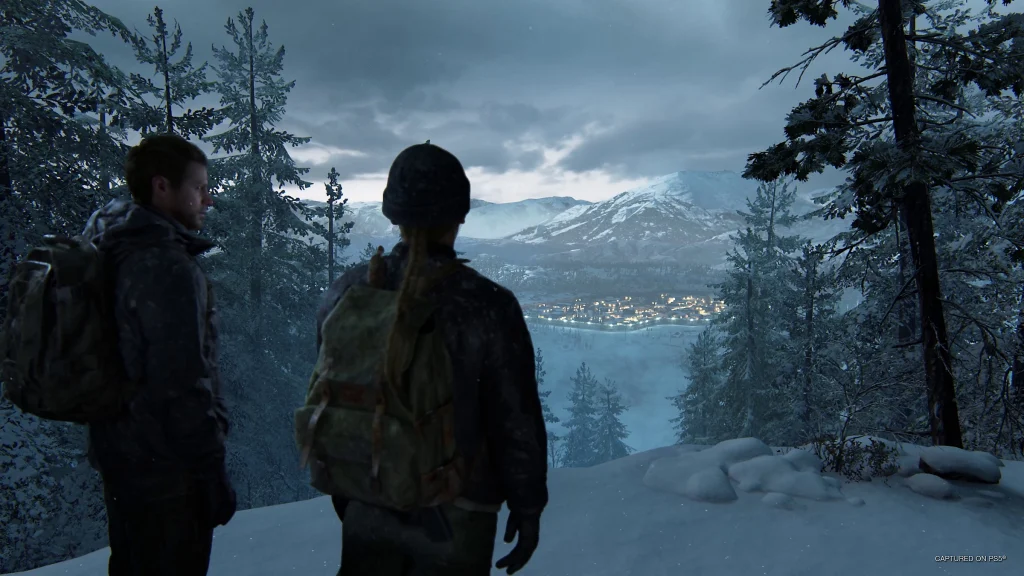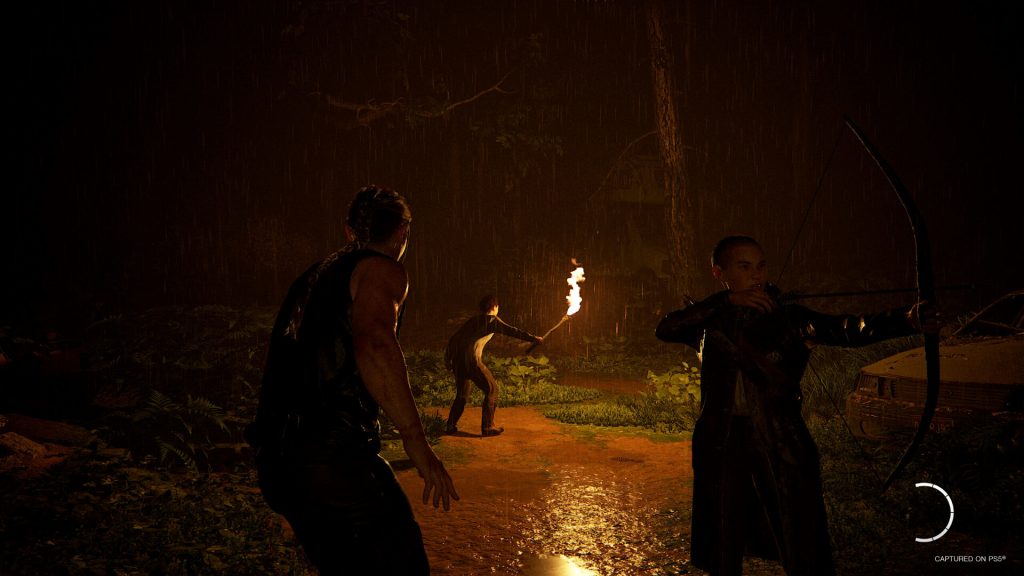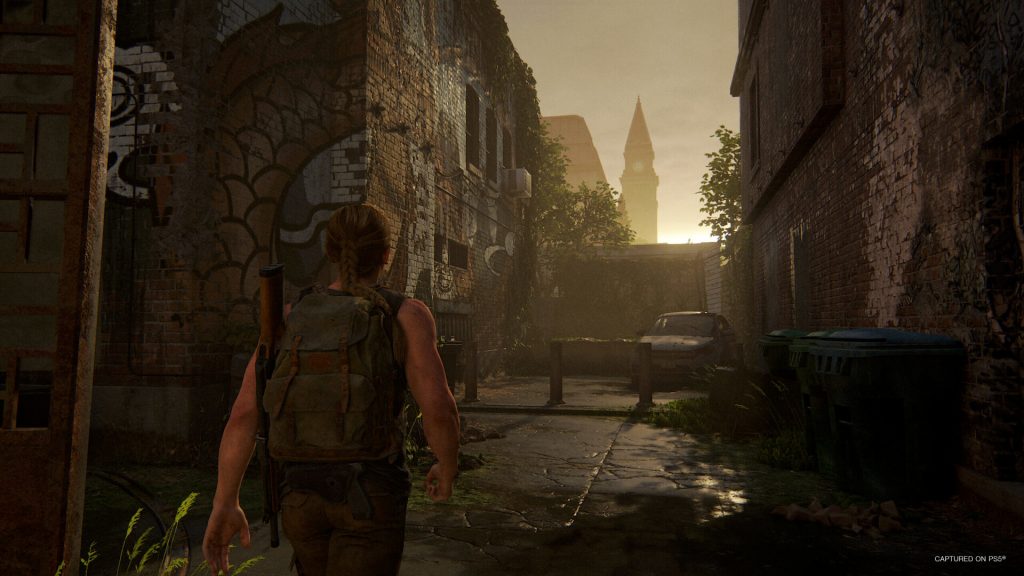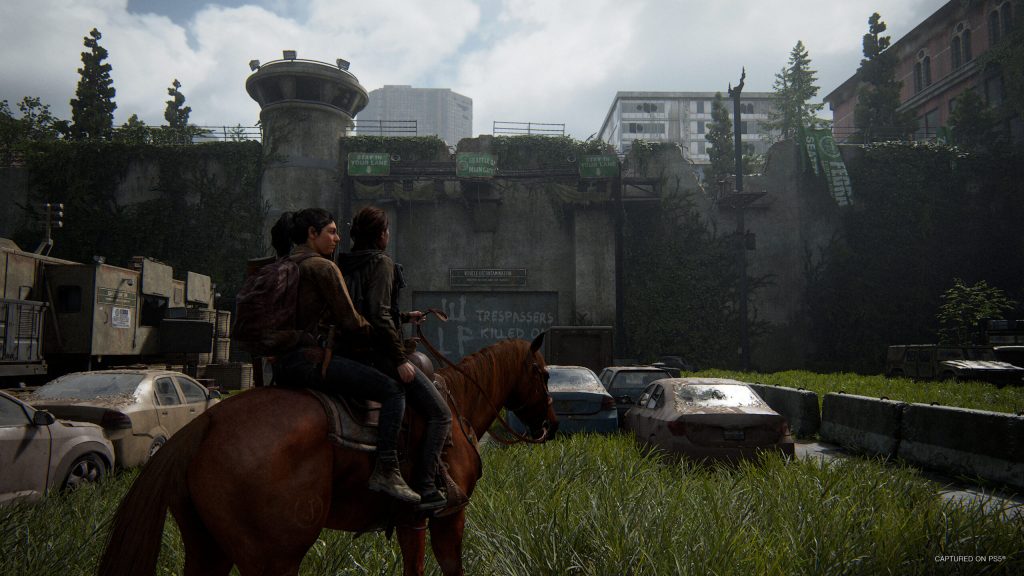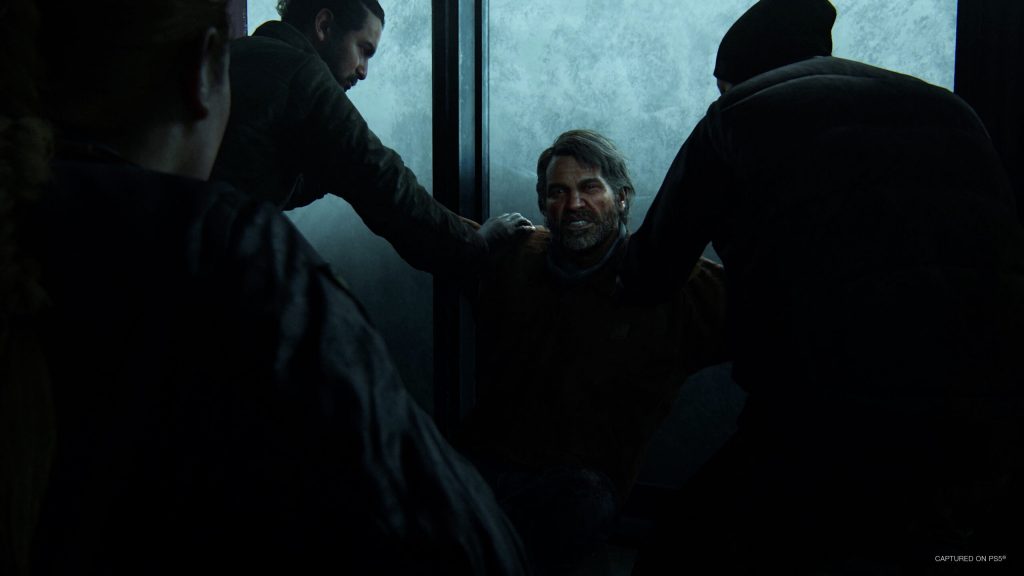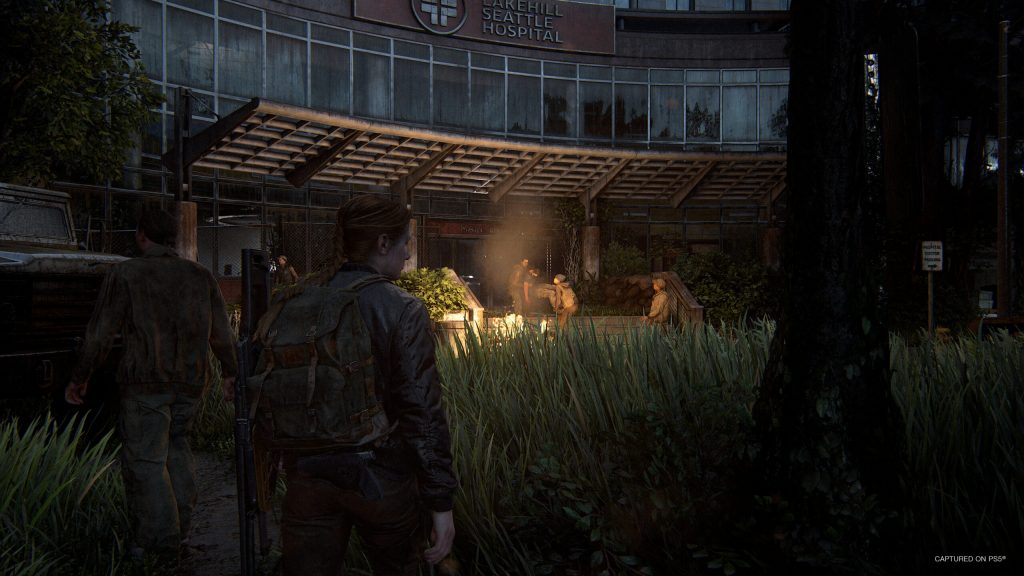The Last of Us Part II Remastered PS5 Review
Summary: One of the best games in PlayStation’s library has been made even better. A graphical update and a whole host of new content make The Last of Us Part II Remastered easy to recommend for fans and newcomers alike.
4.8
Impressive
Naughty Dog’s 2020 masterpiece has finally made its way to the PlayStation 5 as a native app with the release of The Last of Us Part II Remastered, but how does it stack up to the original? And is it worth grabbing if you already own the original PS4 release?
The core single-player experience is the same as that released in 2020 (read our review of the original PS4 release here), only now it’s had a slight graphical uplift. An impressive feat when you consider that Naughty Dog pushed the aging PlayStation 4 to its absolute limits with The Last of Us Part II. It was already an incredibly stunning game, otherwise bleak and often quite drab-looking post-apocalyptic environments juxtaposed with the beautiful, natural architecture of a world that is reclaiming itself after mankind’s downfall. Outdoor areas are thick with plant life, almost every surface has bushes, ferns, and moss growing on them. Rain, wind, and snow batter the environments realistically. It’s all very impressive and incredibly immersive.
Given how good The Last of Us Part II already looks, it would be hard to see where Naughty Dog could update things for the new generation of consoles, which brings us to why the previously mentioned graphical uplift is only a slight one. The most obvious upgrade is made to foliage. It’s now thicker, denser, and more realistic looking almost entirely across the board, treelines don’t look quite so low res at distance, and everything renders in at a higher resolution from further away.
Texture quality in general is far higher now on almost everything, and while it wasn’t exactly an issue before, it’s nice to see everything have a little more detail now. This all has the effect of creating a sharper, more defined image overall.
Thanks to an update released in 2021, The Last of Us Part 2 runs at 60 frames per second on PS5 already at the PS4 Pro’s native 1440p output for the game. The remaster uses this as the baseline for a performance mode that offers up 60 frames per second gameplay at 1440p – upscaled to 4K. You get the same performance only now with the bonus of all the new graphical bells and whistles.
Along with this, there’s also now a new fidelity mode which presents the game at a native 4K resolution with 30fps gameplay. Fidelity mode looks sharper for sure, but for me, performance mode was the way to go. The bump in resolution and image quality wasn’t anywhere near substantial enough to justify the drop to 30fps for me.
So, with these updates, it’s made what was an already incredibly looking game, look even better. It isn’t the jump in quality and performance that was seen between the first game and its remaster, and it isn’t on par with true native PS5 games, but in some areas, environments especially, it starts to come pretty close.
Audio remains the same as the original release, though don’t interpret that as a negative mark against the remaster. The Last of Us Part II’s sound design is among the best out there, and this continues to be the case. It is worth mentioning though that several new accessibility features have been added to the remaster in the area of audio, speech to vibrations being a standout amongst them. Naughty Dog continues to be one of the class leaders in accessibility functions in games.
The Last of Us Part II Remastered ships with a high framerate mode and support for variable refresh rate too. Unfortunately, I was unable to test these however due to the PS5 not playing nice with my monitor for whatever reason. They’re both very nice features to have though and something I wasn’t expecting to come as part of a game like this.
Most of my time with The Last of Us Part II Remastered was spent playing in performance mode, and during the 30 hours or so I got in with the game I only noticed one drop below the advertised 60 frames per second. This was a section early on in the game and I was unable to replicate the drop later on to verify if it was a one-off or a bigger issue.
A few very minor physics bugs crept into the game at various points, mostly defeated enemies rag-dolling in strange ways way after they should have stopped, but it was far from a common occurrence with only a handful of instances during my playtime.
Beyond updates to the visuals, there’s a whole host of new features and modes to get stuck into once you’re done with the story. Three chapters that hit the cutting room floor have made their way into the game, albeit in a still unfinished state. These all have developer commentary as well as an introduction video presented by Neil Druckmann, one of the game’s directors.
Developer commentary is available for the entire experience, not just these cut levels. It offers some interesting insight into how things happen behind the scenes and the justification for a lot of the design decisions that are made throughout development. Speedrun mode from the remake of the original game makes a return, allowing players to log their times for individual chapters right through to a whole playthrough, potentially adding a chunk of replayability for the game.
On the less interactive side of things, there’s a trailer for an upcoming documentary about the making of The Last of Us Part II as well as several podcasts involving key members of the development team such as Neil Druckmann and some cast of the actors behind the characters.
Perhaps the biggest new addition is that of No Return Mode, a roguelike survival mode that takes place in various randomised levels from the campaign. Think Resident Evil’s Mercenaries mode, except with the slower, stealth-based combat of The Last of Us Part II and progression through a selection of stages, rather than singular, individual encounters.
A single run of No Return is up to 5 encounters, culminating with a boss at the end. Each of the encounters is wave-based, a set number of enemies need to be dispatched to complete it and move on to the next one, with each run having a random selection of locations, enemies, and rewards to them. Any resources and upgrades gathered in a given stage are kept as the run progresses and can be used to craft new weapons and equipment as you would expect.
Being a roguelike, death is the end of a run, and with it, any items, weapons, or upgrades are lost. There are 10 characters to unlock and play as from the story, starting with Ellie and Abby. These are unlocked by various methods, generally completing challenges with specific characters. These range from completing x number of runs and upgrading several weapons in a run to defeating enemies in a certain way a given number of times.
There’s a lot of replay value here, runs being randomised and there is a good selection of characters that all have different starting equipment and traits leading to some differing play styles for each. This is furthered by runs being completely customisable, enemy types can be enabled or disabled, upgrades removed and mods such as tougher enemies applied to mix things up a lot.
It’s a fun addition to the game that a surprising amount of thought has gone into, my only gripe with it is that it’s perfect for co-op play but is unfortunately only a single-player experience.
Final Thoughts?
The Last of Us Part II Remastered is a solid upgrade to an otherwise already fantastic game. At only $10 to convert an existing digital or physical edition of the PS4 game to the remaster, it’s a no-brainer and I’d argue that No Return Mode alone is probably worth that price. If you’re not sold on The Last of Us as a concept this isn’t going to change your mind, but for existing fans of the series or people looking to try it for the first time, it’s the definitive way to experience the game.



